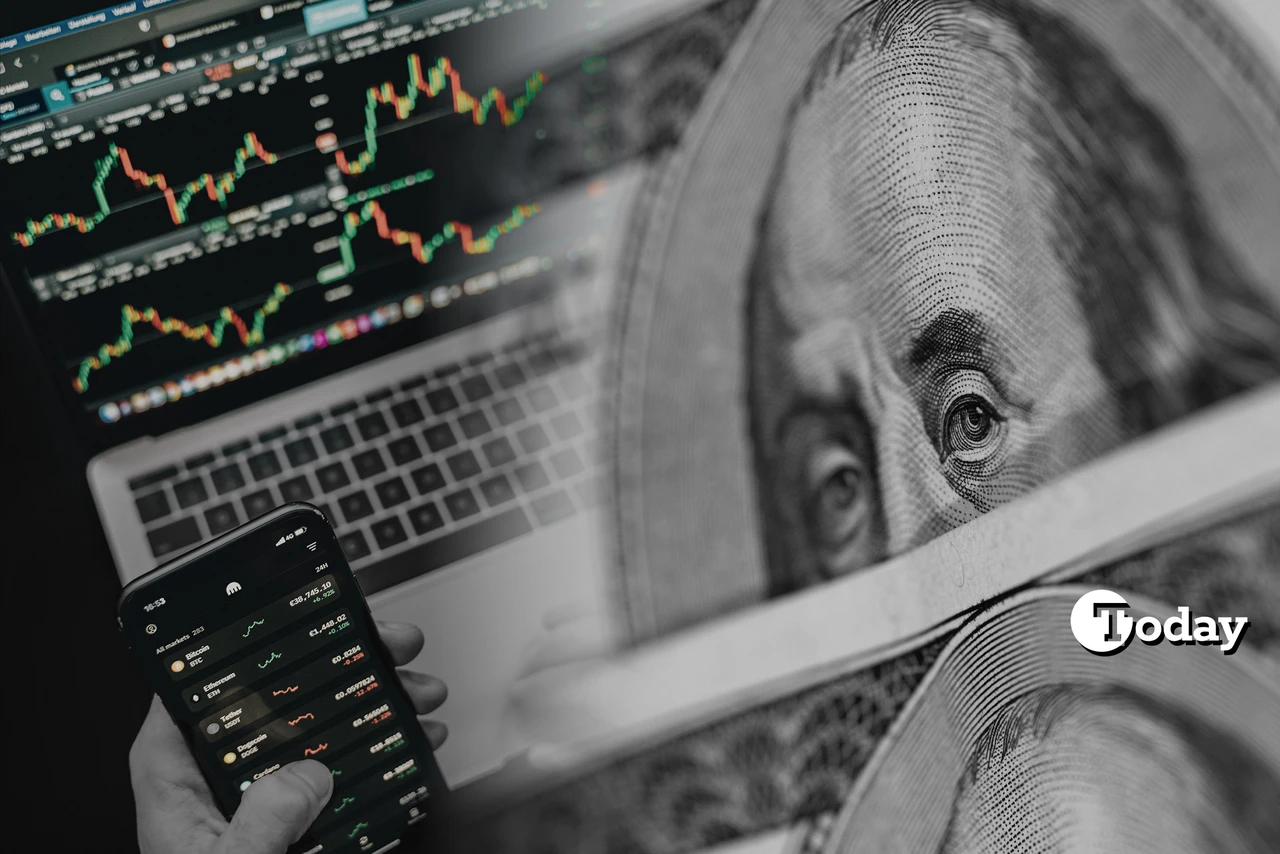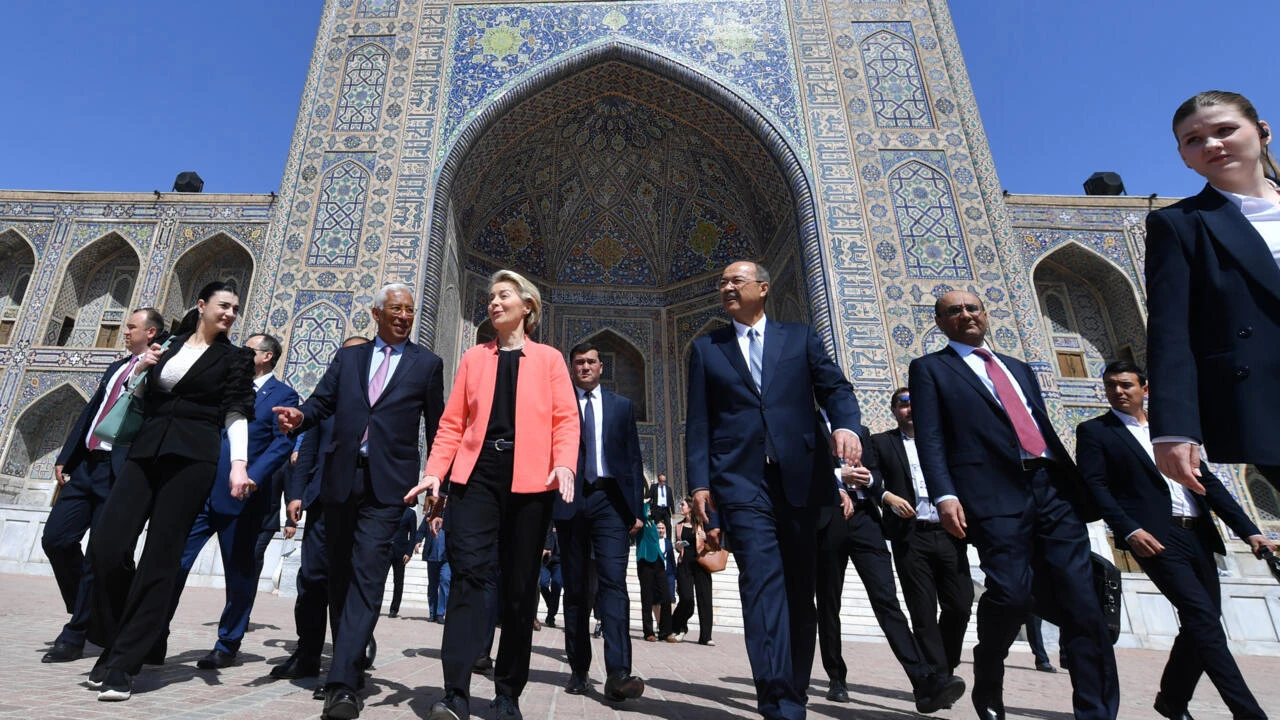Oil and silver prices plunge as Trump’s tariffs spark global market turmoil
 Traders work on the floor of the New York Stock Exchange (NYSE) at the opening bell in New York City, on Apr. 3, 2025. (AFP Photo)
Traders work on the floor of the New York Stock Exchange (NYSE) at the opening bell in New York City, on Apr. 3, 2025. (AFP Photo)
Global markets plunged Friday after China retaliated against U.S. President Donald Trump’s tariff increases with its own massive levies on U.S. goods, heightening fears of a global trade war. Oil prices dropped nearly 8%, heading for their lowest close since the pandemic’s early days in 2021. Meanwhile, silver prices plunged more than 6% on Thursday and continued their decline Friday, hitting $29.86 per ounce.
Brent crude futures fell by $4.68, or 6.67%, to $65.46 a barrel by 12:43 p.m. ET (1443 GMT), while U.S. West Texas Intermediate (WTI) crude futures lost $5.07, or 7.6%, to $61.88. At their session lows, Brent slid to $64.03, and WTI hit $60.45 — the lowest levels in four years.
Both benchmarks were poised for their largest weekly percentage losses in more than two years.
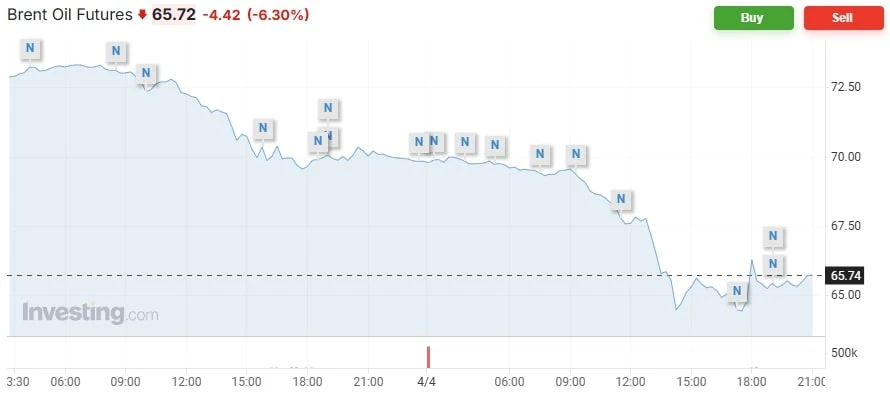
OPEC+ unexpectedly increases crude supply
The slide came amid news that OPEC+ had unexpectedly increased crude supply. The group, which includes OPEC members and allies, will now add 411,000 barrels per day (bpd) to the market in May, up from the previously planned 135,000 bpd.
The Caspian Pipeline Consortium (CPC) also helped alleviate concerns, announcing that a Russian court ruled its Black Sea export terminal would remain operational, averting a potential decline in Kazakhstan’s oil production and exports.
Despite exemptions for oil, gas, and refined product imports from Trump’s tariffs, analysts warned that the broader policies could fuel inflation, slow economic growth, and deepen trade disputes, all of which weighed heavily on oil prices.
Wall Street also saw significant losses in early trading. The Dow briefly fell below 39,000 points, the first time since August, while the S&P 500 marked its largest drop since the COVID-19 pandemic in 2020.
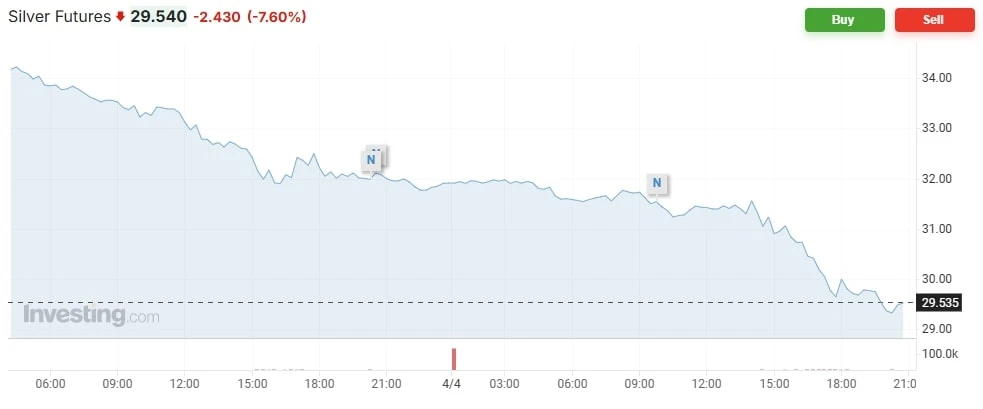
Silver prices plunge more than 6%
Silver prices, meanwhile, plunged more than 6% Thursday and continued to slide on Friday, hitting $29.86 per ounce. Carsten Fritsch, a commodity analyst at Commerzbank, said that silver had erased all gains since early March. The gold/silver ratio rose to 99, its highest level since July 2020, reflecting concerns that U.S. tariffs could significantly slow the global economy and reduce industrial demand for silver.
Platinum and palladium also fell, but less sharply than silver. Both metals have a higher share of industrial demand, but unlike gold and silver, they have not risen significantly in recent periods.
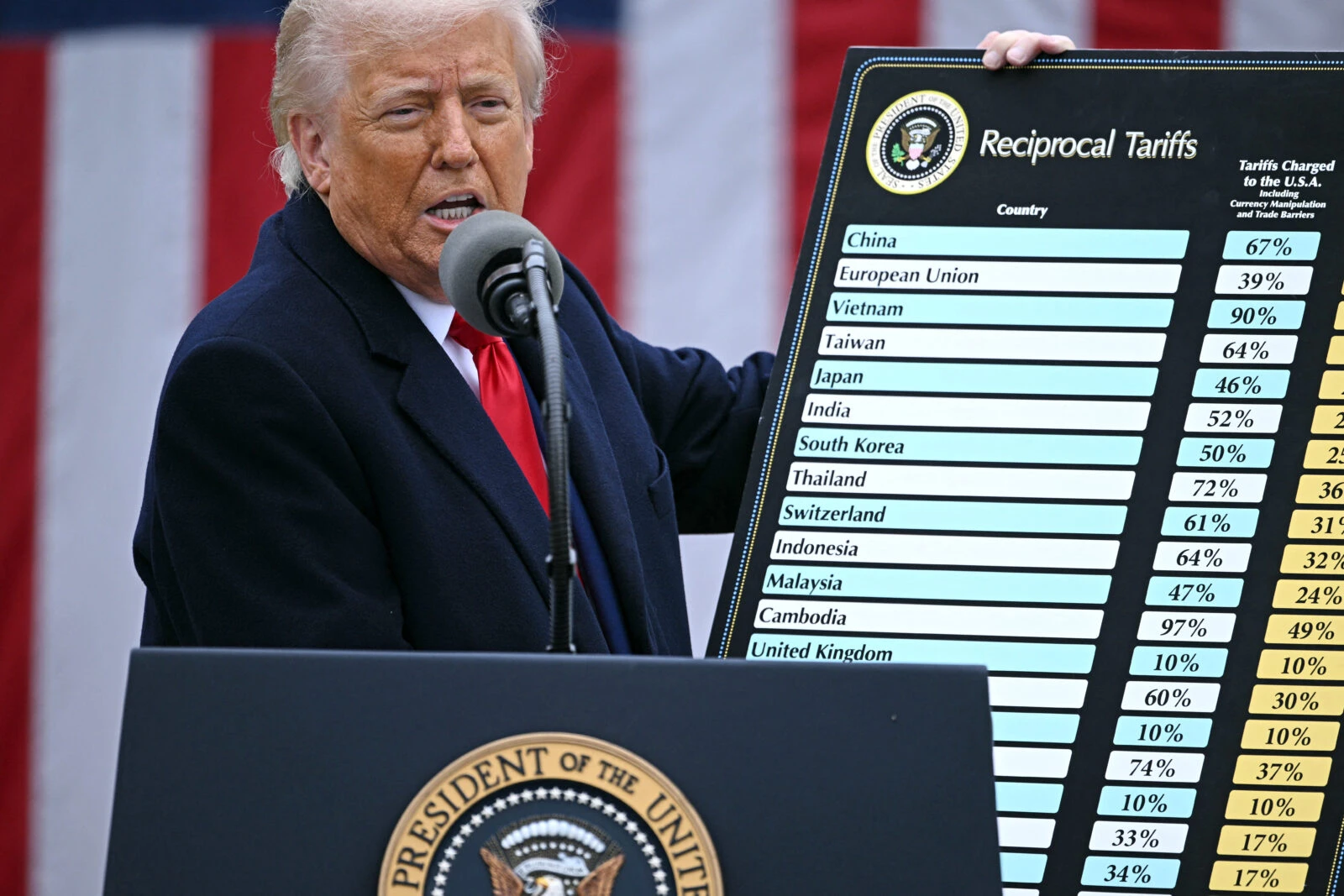
China imposes retaliatory tariffs
China announced that it would impose 34% tariffs on all U.S. imports, becoming the first major country to implement retaliatory measures in the ongoing trade dispute.
Despite the market volatility, Trump insisted on Truth Social that “my policies will never change,” and urged the U.S. Federal Reserve to cut interest rates.
Meanwhile, U.S. Federal Reserve Chair Jerome Powell responded to Trump’s policies, warning that the tariff hikes could push inflation higher, slow economic growth, and increase the risk of unemployment.
“It is now becoming clear that the tariff increases will be significantly larger than expected,” Powell said in prepared remarks at an event in Virginia. “The same is likely to be true of the economic effects, which will include higher inflation and slower growth,” he added.
Trump signed an executive order Wednesday, fulfilling his long-standing pledge to impose reciprocal tariffs on nations worldwide. The tariffs, ranging from 10% to 50%, apply to products the U.S. imports from many of its trading partners.
